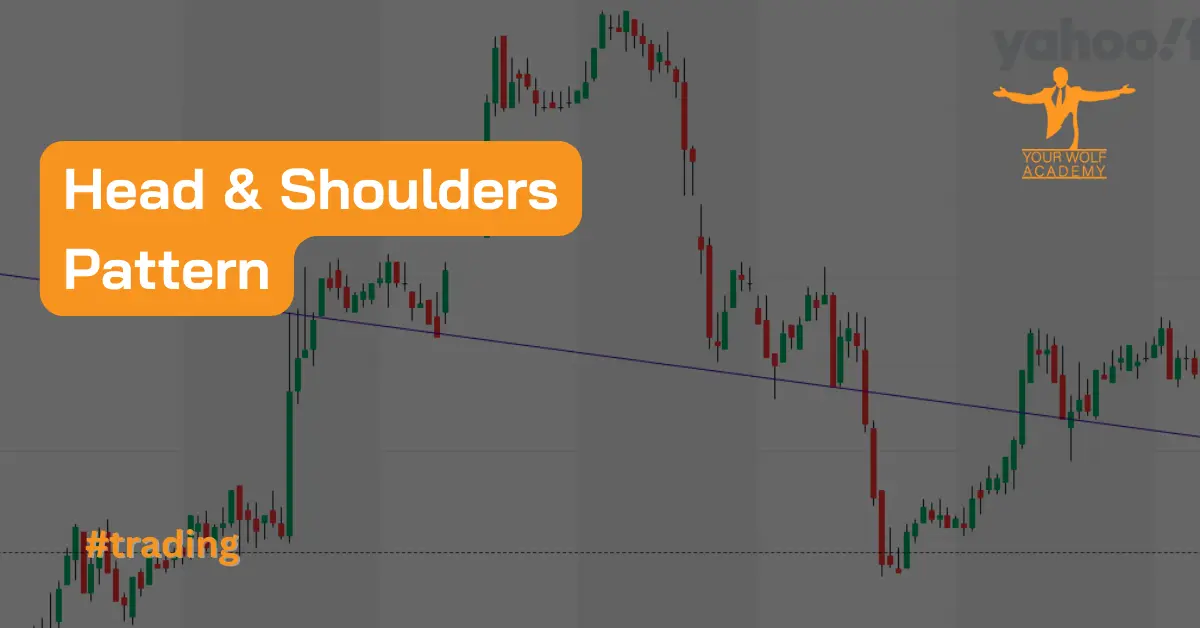The Head & Shoulders pattern is one of the most popular technical analysis patterns used in trading. It is a reliable pattern that traders use to identify potential trend reversals. The Head & Shoulders pattern is a three-peak formation, with the middle peak being the highest, forming the “head”, and the other two peaks forming the “shoulders”.
In this article, we will discuss in detail what the Head & Shoulders pattern is, how to identify it, and how to trade it for profitable trades.
What is Head & Shoulders Pattern?
The Head & Shoulders pattern is a technical analysis pattern that is used to predict trend reversals. It is formed when there are three peaks in a chart, with the middle peak being the highest, forming the “head”, and the other two peaks forming the “shoulders”. The pattern is complete when there is a neckline that connects the lows of the two valleys between the peaks.
The Head & Shoulders pattern is a bearish pattern, meaning that it signals a potential trend reversal from an uptrend to a downtrend. The pattern is also known as an inverse Head & Shoulders pattern when it appears at the end of a downtrend and signals a potential reversal to an uptrend.
Identifying the Head & Shoulders Pattern
The Head & Shoulders pattern is easy to identify once you know what to look for. The pattern consists of three peaks, with the middle peak being the highest. The first and third peaks should be roughly the same height, forming the “shoulders” of the pattern. The middle peak should be significantly higher, forming the “head” of the pattern.
To confirm the Head & Shoulders pattern, there should be a neckline that connects the lows of the two valleys between the peaks. The neckline can be horizontal or sloping, but it is usually drawn as a horizontal line. Once the neckline is drawn, it is easy to see the pattern’s formation, and the potential trend reversal it signals.
Trading the Head & Shoulders Pattern
Trading the Head & Shoulders pattern can be profitable if done correctly. The pattern is a reliable indicator of a potential trend reversal, but it is essential to wait for confirmation before entering a trade.
The neckline of the Head & Shoulders pattern is a crucial level to watch. If the price breaks below the neckline, it is a signal to sell and enter a short trade. Traders often use a stop-loss order above the right shoulder to limit their risk.
The profit target for a Head & Shoulders pattern is usually the distance from the head to the neckline. Traders measure this distance and project it downwards from the neckline to find a potential profit target. It is essential to note that the Head & Shoulders pattern is not always accurate, and traders should always use other technical indicators and analysis to confirm their trades.
Variations of Head & Shoulders Pattern
There are different variations of the Head & Shoulders pattern, which traders should be aware of. These variations include:
- Inverse Head & Shoulders pattern: This is a bullish variation of the Head & Shoulders pattern, which signals a potential uptrend reversal. It is formed when there are three valleys in a chart, with the middle valley being the lowest, forming the “head,” and the other two valleys forming the “shoulders.”
- Complex Head & Shoulders pattern: This is a variation of the Head & Shoulders pattern that consists of multiple shoulders or heads. It is a more complex pattern that may take longer to form, but it can also signal a stronger trend reversal.
- Extended Head & Shoulders pattern: This is a variation of the Head & Shoulders pattern that occurs over a more extended period. It may take several months to form, but it can signal a more significant trend reversal.
- Inverted Head & Shoulders pattern: This is a variation of the Head & Shoulders pattern that is inverted, meaning that the middle valley is the lowest, forming the “head,” and the other two valleys form the “shoulders.” It is a bullish pattern that signals a potential uptrend reversal.
Conclusion
The Head & Shoulders pattern is a popular technical analysis pattern that traders use to predict potential trend reversals. It is a reliable pattern that is easy to identify and can be profitable if traded correctly. Traders should wait for confirmation before entering a trade and use other technical indicators and analysis to confirm their trades.
There are also variations of the Head & Shoulders pattern that traders should be aware of, including the inverse, complex, extended, and inverted Head & Shoulders patterns. Understanding and recognizing these patterns can help traders make profitable trades in the market.
Your Wolf Academy offers a range of educational resources to help traders succeed, including free signals, technical analysis, and weekly webinars. Sign up today and get a recommendation for a regulated brokerage company that suits your needs.


